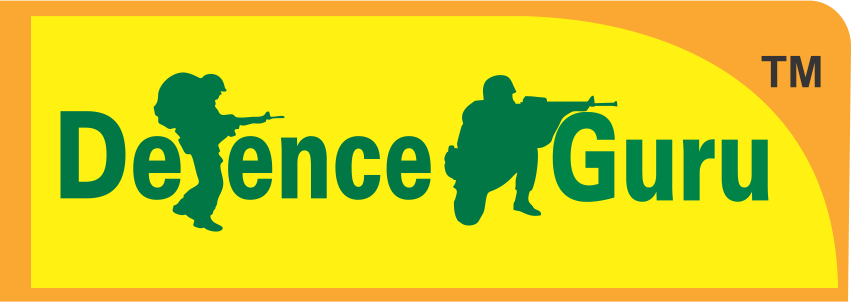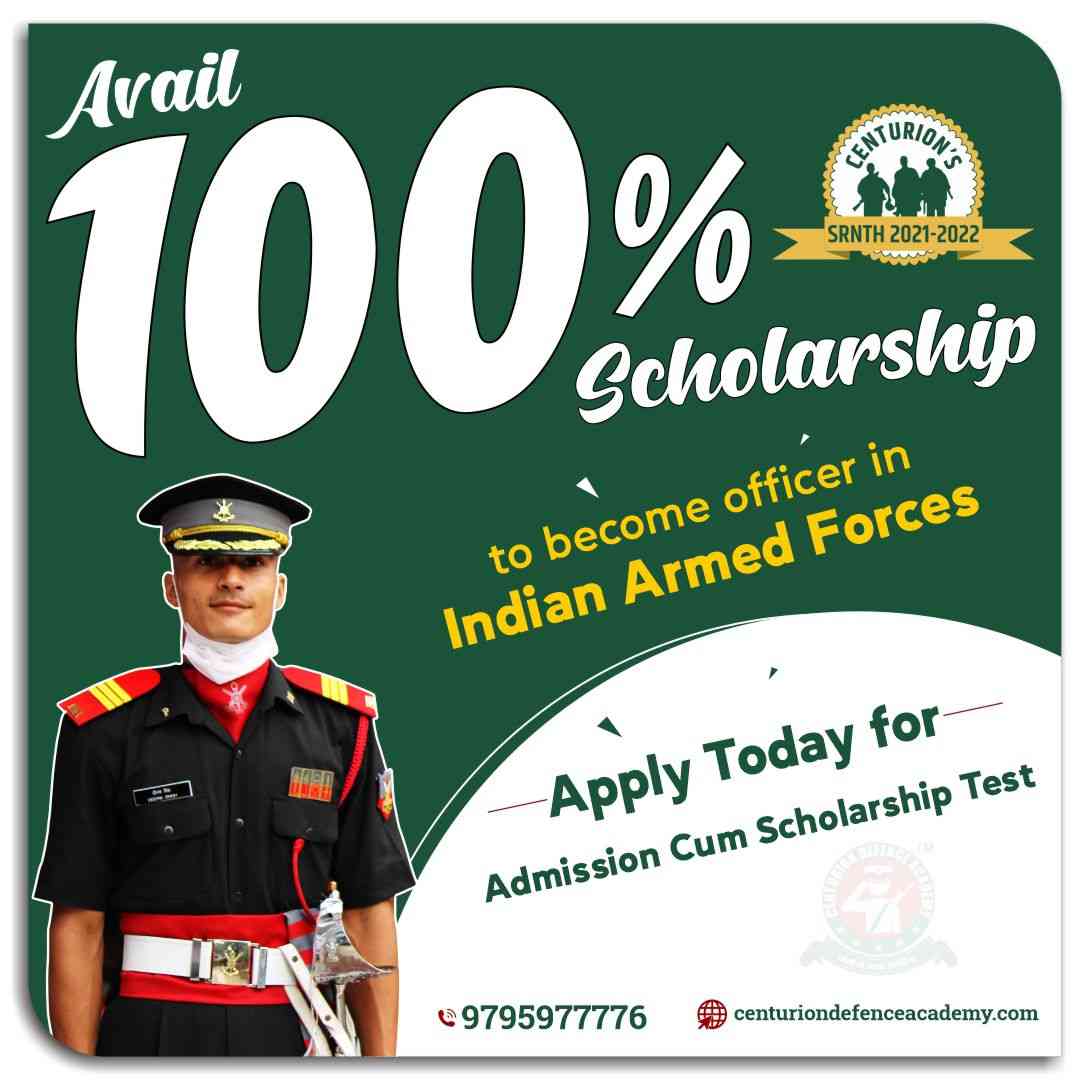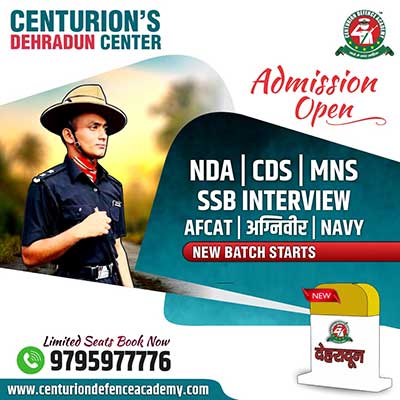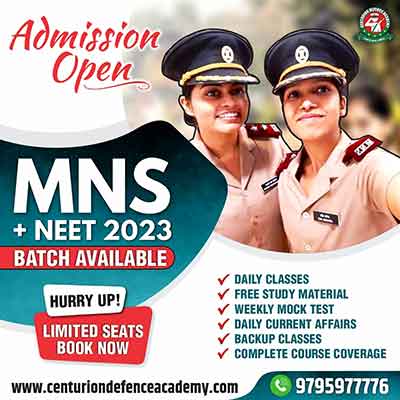CDS SSB Interview Process
CDS SSB Interview is not very different NDA SSB Interview. CDS SSB Interview is the second stage of the selection process under the CDS exam. CDS SSB Interview is conducted by SSB, AFSB, and NSB for respective services. Candidates who clear cut off for OTA and IMA get call letters for SSB, candidates who clear cut off of AFA get call letters for AFSB and the candidates who clear cut off for Naval Academy get call letters for NSB. Tests conducted in all boards are the same with little variation in AFSB and NSB. SSB Interview has the same duration of five days. The complete details of the CDS SSB Interview process and the tests conducted in the SSB interview have been provided below.
Screening Process |
OIR (Officers Intelligence Rating Test)
The Officer Intelligence Rating (OIR) test in the SSB (Services Selection Board) interview is a mental ability test. It assesses a candidate's cognitive skills, like logical reasoning and problem-solving. It usually consists of both verbal and non-verbal questions. Candidates need to solve these questions quickly and accurately. The OIR test helps the military assess a candidate's aptitude for leadership and decision-making, which are crucial for an officer's role. So, it's an important part of the SSB interview process to select suitable candidates for officer positions in the armed forces. |
PP&DT (Picture Perception and Description Test)
The Picture Perception and Discussion Test (PPDT) is a part of the SSB (Services Selection Board) interview used to evaluate a candidate's ability to form a story based on a given picture. In this test, candidates are shown a picture for about 30 seconds and must then write a story about it within a few minutes. Later, they participate in a group discussion about their stories. The PPDT assesses a candidate's imagination, communication skills, and how well they work in a team. It helps the military select individuals who can think creatively and effectively communicate their ideas in a group setting. |
Psychology Tests |
TAT (Thematic Apperception Test)
The Thematic Apperception Test (TAT) is a part of the SSB (Services Selection Board) interview process used to assess a candidate's personality and thought processes. In the TAT, candidates are shown a series of pictures and asked to narrate a story about each one. These stories provide insights into the candidate's thoughts, emotions, and values, helping the military evaluate their suitability for leadership roles. The TAT aims to reveal a person's inner beliefs and attitudes, allowing the selection board to determine if they possess the qualities needed to become an effective officer in the armed forces. |
SRT (Situation Reaction Test)
The Situation Reaction Test (SRT) is a component of the SSB (Services Selection Board) interview process designed to evaluate a candidate's quick thinking and problem-solving abilities. In the SRT, candidates are presented with a series of realistic scenarios or situations. They must write down how they would react or respond to each situation within a specified time limit. This test assesses a candidate's decision-making skills, adaptability, and their ability to handle various challenges, which are important qualities for officers in the armed forces. It helps the SSB determine if a candidate is suitable for leadership roles and can make effective decisions under pressure. |
WAT (Word Association Test)
The Word Association Test (WAT) is a component of the SSB (Services Selection Board) interview process used to assess a candidate's thought processes, psychology, and social traits. In the WAT, candidates are presented with a series of words, one at a time, and must quickly write down the first word or phrase that comes to their mind. This test provides insights into a candidate's subconscious thoughts, attitudes, and personality traits, helping the military evaluate their suitability for leadership roles. The WAT helps assess a candidate's ability to think on their feet and their overall cognitive and emotional responses. |
SD (Self Description Test)
The Self-Description Test (SDT) is a part of the SSB (Services Selection Board) interview process, where candidates are asked to write about themselves. They provide information about their background, family, education, interests, strengths, and weaknesses. The purpose of this test is to understand the candidate's self-awareness, honesty, and ability to present themselves accurately. It helps the SSB assess if the candidate's self-perception aligns with their observed behavior and if they have the qualities needed for an officer role, like integrity and self-awareness. The SDT allows the selection board to evaluate a candidate's self-assessment skills and overall personality. |
GTO Tests (Both Outdoor and Indoor) |
GPE (Group Planning Exercise/Group Military Exercise)
The Group Planning Exercise (GPE) is a part of the SSB (Services Selection Board) interview process where a group of candidates collaborates to solve a hypothetical problem. They are given a scenario, a map, and limited resources, and they must come up with a plan to address the situation within a time limit. The GPE evaluates a candidate's leadership, teamwork, decision-making, and communication skills. It helps the SSB assess how well candidates work in a group, handle pressure, and strategize in challenging situations, which are crucial qualities for officers in the armed forces. |
GD (Group Discussion)
The Group Discussion (GD) test in the SSB (Services Selection Board) interview is a group activity where candidates discuss a given topic. It assesses their communication, interpersonal, and reasoning abilities. Candidates are given a topic and a few minutes to prepare their thoughts, after which they discuss it in a group. The GD helps evaluate a candidate's ability to express ideas clearly, listen to others, and work collaboratively. It also assesses their general awareness and how they handle different viewpoints. This test aids the SSB in assessing a candidate's social skills, confidence, and ability to contribute effectively in group settings. |
Lecturette
The Lecturette test in the SSB (Services Selection Board) interview is a short public speaking exercise where candidates are given a random topic and are required to speak on it for a brief period, typically around 3 minutes. It assesses their ability to express their thoughts clearly, organize information coherently, and communicate effectively under time pressure. The Lecturette helps evaluate a candidate's confidence, articulation, and presentation skills. It also tests their general knowledge and ability to think on their feet. This test assists the SSB in gauging a candidate's public speaking capabilities, which are important for leadership roles in the armed forces. |
Progressive Group Task
The Progressive Group Task (PGT) is a crucial exercise in the SSB (Services Selection Board) interview process. In the PGT, a group of candidates is presented with a series of obstacles and challenges. They must work together to overcome these obstacles using limited resources. The tasks become progressively more complex, testing the group's coordination, leadership, and problem-solving skills. The PGT evaluates how well candidates collaborate, communicate, and adapt to changing situations. It helps the SSB assess their teamwork, decision-making abilities, and how they handle pressure, which are vital qualities for potential officers in the armed forces. |
Half Group Task (HGT)
The Half Group Task (HGT) is a component of the SSB (Services Selection Board) interview process used to evaluate a candidate's leadership and teamwork abilities. In the HGT, a group of candidates is divided into two sub-groups, and each sub-group is given a set of tasks that they must complete. These tasks typically involve moving objects or crossing obstacles. Candidates need to work together within their sub-group to complete the assigned tasks while demonstrating leadership skills and effective communication. The HGT helps assess how well candidates cooperate in smaller groups and their ability to handle physical challenges, important qualities for officers in the armed forces. |
Individual Obstacles
The Individual Obstacles test is a component of the SSB (Services Selection Board) interview process that assesses a candidate's physical fitness, agility, and determination. In this test, candidates are required to navigate through a series of challenging obstacles individually, such as climbing walls, crossing ditches, or balancing on beams. The test measures a candidate's physical prowess, confidence, and ability to face obstacles independently. It is designed to evaluate their endurance and determination to overcome physical challenges, which are important qualities for individuals pursuing a career in the armed forces where physical fitness is a crucial aspect of the job. |
Command Task
The Command Task is an exercise within the SSB (Services Selection Board) interview process used to evaluate a candidate's leadership and decision-making abilities. In this task, a candidate is designated as the leader and is given a specific mission or problem to solve. They must choose a few subordinates from the group of candidates to help them execute the task. The leader then directs their team to accomplish the assigned mission, demonstrating their leadership skills, communication abilities, and problem-solving capabilities. The Command Task assesses how effectively a candidate can lead and make decisions under pressure, which are essential qualities for officer roles in the armed forces. |
Group Obstacle Race or Snake RaceThe Group Obstacle Race, sometimes referred to as the Snake Race, is a physical fitness and teamwork exercise conducted during the SSB (Services Selection Board) interview process. In this race, a group of candidates is divided into teams, and each team competes against the others. The teams have to navigate through a series of obstacles collectively, like climbing walls, crawling under obstacles, or crossing hurdles. The race assesses candidates' physical fitness, coordination, and teamwork skills. It emphasizes the importance of working together to overcome challenges quickly and efficiently, which are crucial attributes for candidates aspiring to become officers in the armed forces. |
Personal Interview |
|
The Personal Interview is a critical component of the SSB (Services Selection Board) interview process. It is an individual interaction between the candidate and the interviewing officer. During the interview, candidates are asked a wide range of questions about their backgrounds, experiences, opinions, and aspirations. The interview panel assesses various aspects of the candidate's personality, including their communication skills, confidence, knowledge, and suitability for a career in the armed forces.The Personal Interview aims to understand the candidate's motivations, values, and overall personality. It provides the interviewing officer with insights into the candidate's potential as an officer and their ability to handle the responsibilities and challenges of military leadership. It's an essential step in the selection process for candidates pursuing officer positions in the armed forces. |
Conference |
|
In the SSB (Services Selection Board) interview, the conference interview is the final and crucial stage of the selection process. During this interview, the candidate faces a panel of senior officers who assess various aspects of their personality, behavior, and suitability for a career as an officer in the armed forces. It is an opportunity for the interviewing officers to evaluate the candidate's overall performance throughout the SSB process, including their performance in various tests, group activities, and personal interviews.In the conference interview, candidates are expected to demonstrate qualities such as leadership potential, communication skills, confidence, and a sense of responsibility. The panel reviews each candidate's strengths and weaknesses, seeking to select individuals who exhibit the desired qualities and attributes for officership. The conference interview plays a pivotal role in determining a candidate's final selection for a career in the armed forces. |
FAQs
Question-1 Is the CDS SSB Interview different from the NDA SSB Interview?
Answer- No, the CDS SSB Interview is the same as the NDA SSB Interview. All the tests conducted in the CDS SSB Interview and NDA SSB Interview are the same. But in the CDS SSB Interview, Evaluators expect you to be more mature and knowledgeable.
Question-2 Where is the CDS SSB Interview conducted?
Answer- CDS SSB Interviews are conducted by SSB Boards, AFSB Boards, and NSB Boards. SSB Boards are located in Prayagraj (Allahabad), Bhopal, Bangalore, and Jalandhar. AFSB Boards are in AFSB Dehradun, AFSB Gandhinagar, AFSB Mysore, and AFSB Varanasi. NSB Boards are located in Coimbatore, Kolkata, and Visakhapatnam.
Question-3 What is the Dress Code for the CDS SSB Interview?
Answer- There is no dress code for the CDS SSB Interview except for GTO Tests. For GTO Tests, You need to wear a plain white or solid white T-Shirt and shorts along with a pair of sports shoes for their SSB GTO.
Read Also:
Current Defence News for SSB Interview 2023


.jpg)





0 Comments